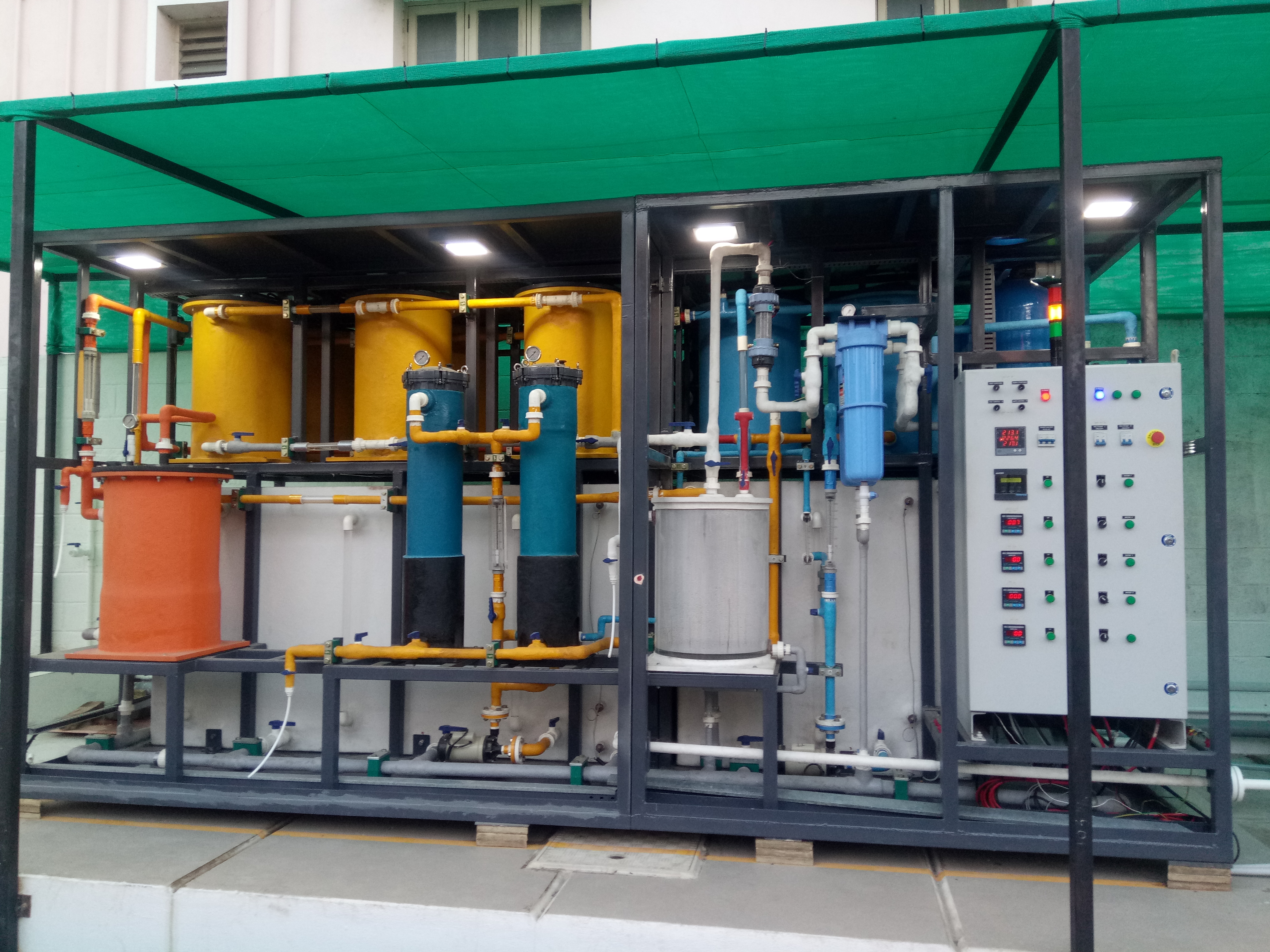
April 25, 2020 18:01 by
 admin
adminEFFLUENT TREATMENT PLANT (e-ETP) IN TEXTILE INDUSTRIES
Out of various activities in in textile industry, chemical processing contributes about 70% of pollution. It is well known that cotton mills consume large volume of water for various processes such as sizing, desizing, scouring, bleaching, mercerization, dyeing, printing, finishing and ultimately washing. Due to the nature of various chemical processing of textiles, large volumes of waste water with numerous pollutants are discharged. Since these streams of water affect the aquatic eco-system in number of ways such as depleting the dissolved oxygen content or settlement of suspended substances in anaerobic condition, a special attention needs to be paid. Thus a study on different measures which can be adopted to treat the waste water discharged from textile chemical processing industries to protect and safeguard our surroundings from possible pollution problem has been the focus point of many recent investigations. This communication highlights such studies carried out in the area of textile effluent treatment, by using Electro Coagulation, Electro Oxidation and Electro Chlorination Methods. The attached image of 25 KLD Electrolytic Effluent Treatment Plant (e-ETP) is self explanatory.
